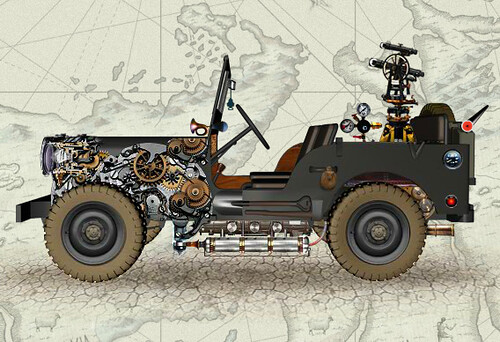However, once I started using the Apple Maps, I never was even tempted to use the Google link, or the Navigon full featured app that I spent good money for a long time ago. The Apple Maps is just too easy to use.
I've used Navigon once -- just to try it out. It works fine, but choosing a destination was difficult. I never bothered. On the Maps app, I can say "Route me to Chamberlain, South Dakota" and I can have spoken turn by turn directions with no other input. Or I can scroll through the maps and type "Books" in the search field to have pins pop up for all the bookstores. I select one of the pins and tap the crooked arrow icon to get my directions. This is how I hop-scotched up the coast from California to Seattle, stopping at any bookstores I could find.
Most of the gripes about the app are with the database of locations driving it. Yes, I saw a couple of errors. Usually one location and a duplicate from the Yelp database for the same store. If I'd have been on top of things I should have tapped the "Report a Problem" button to flag the bad ones to improve the database, but I didn't notice that option.
But the thing is, ALL maps have errors. Even the glorified Google Maps. Up until a few weeks ago, Google insisted that My House was a retail bookstore. I received any number of phone calls by people calling me, looking for books. I had to go report the issue and get the bad listing scrubbed. That has to happen with all databases.
So, aware there might be errors, I happily continue my trip, using Apple Maps, because no other app works as well.

